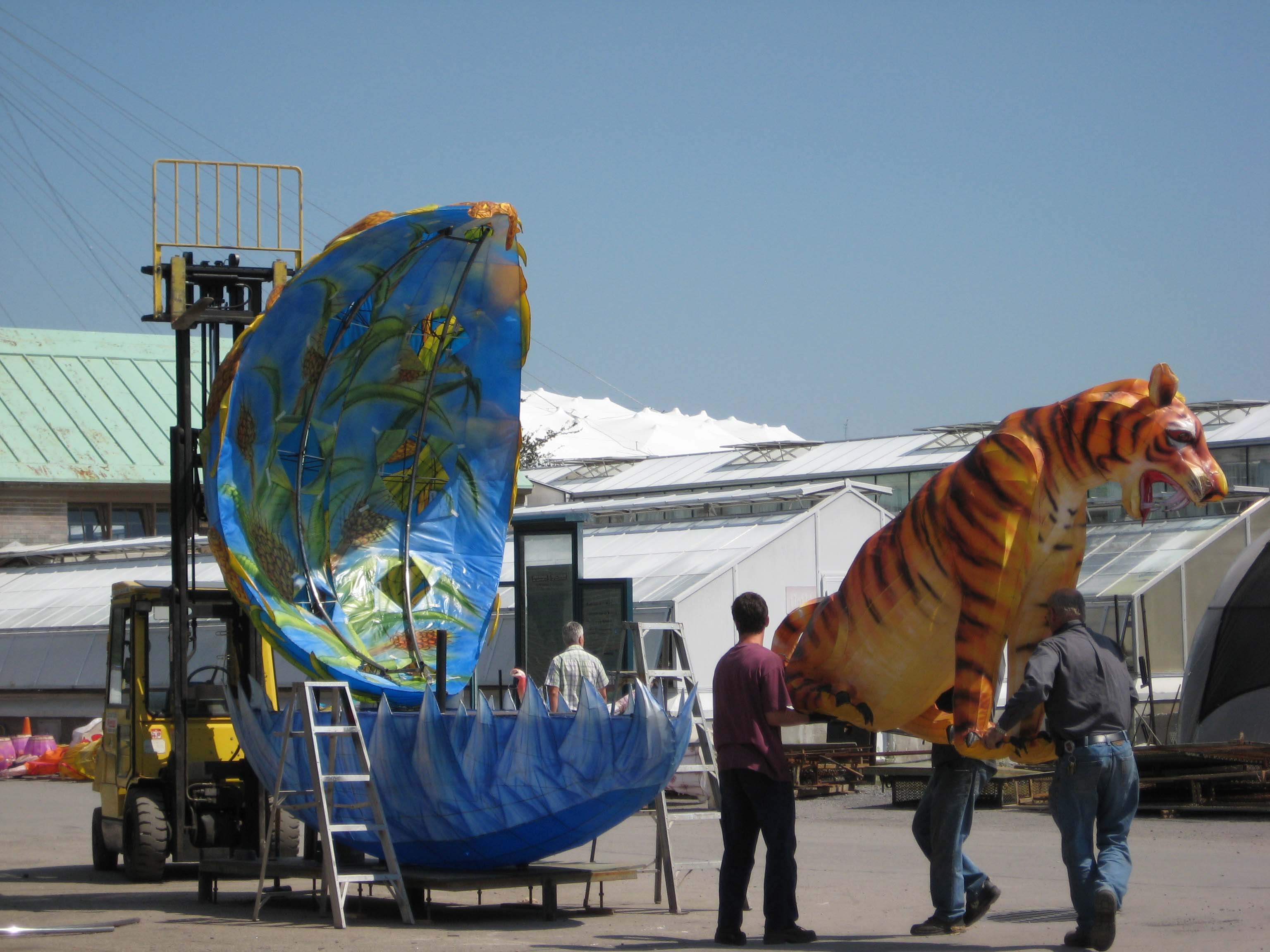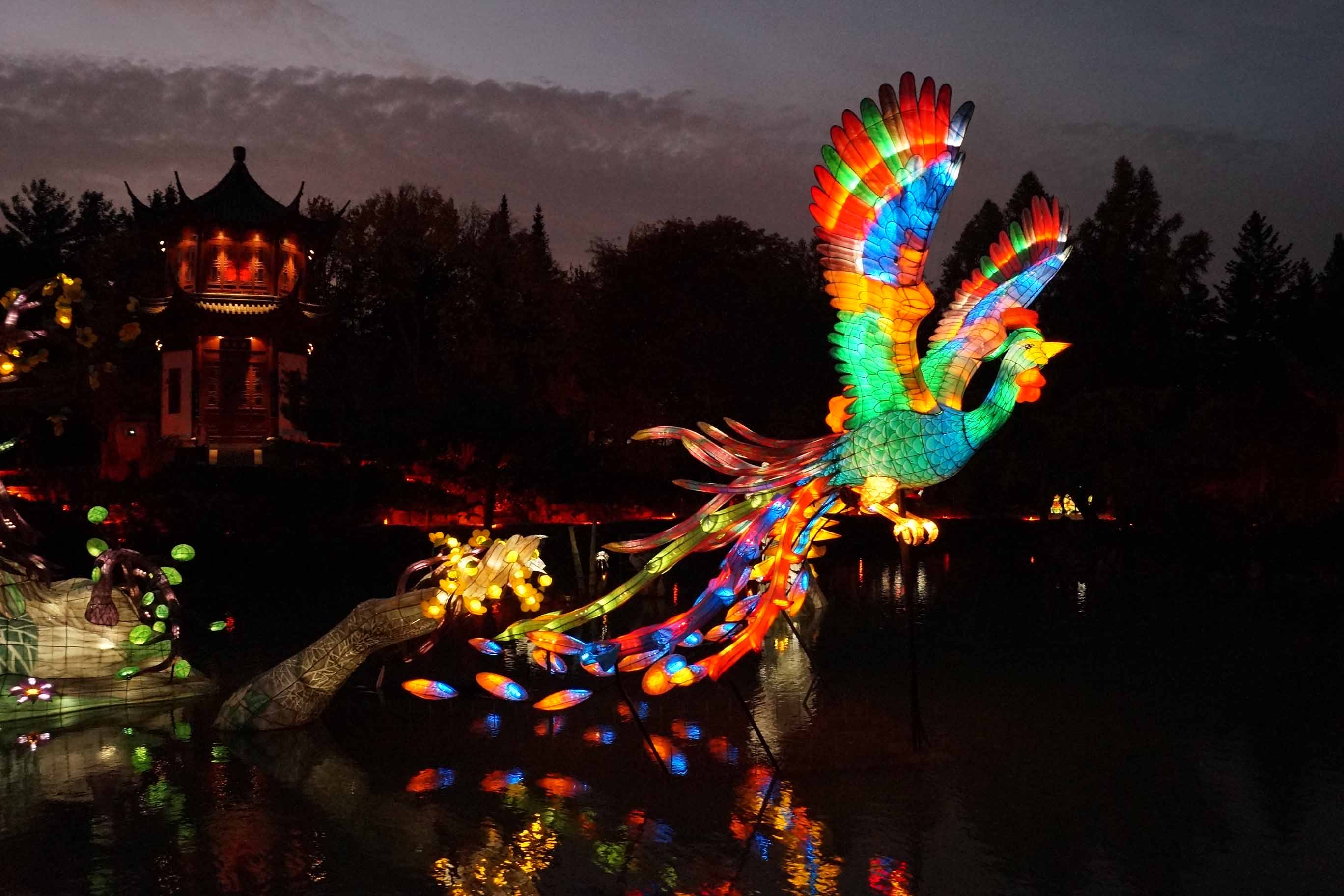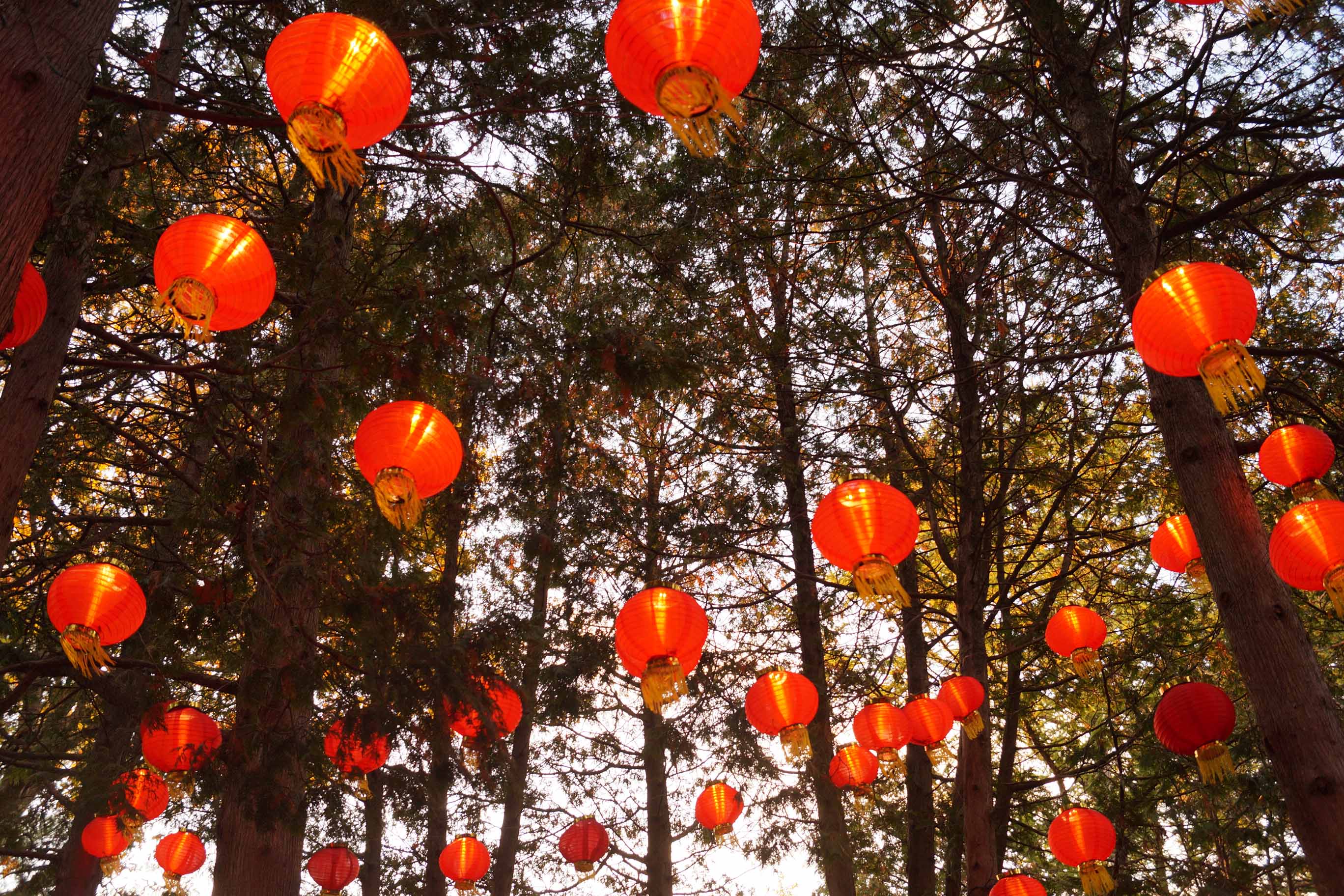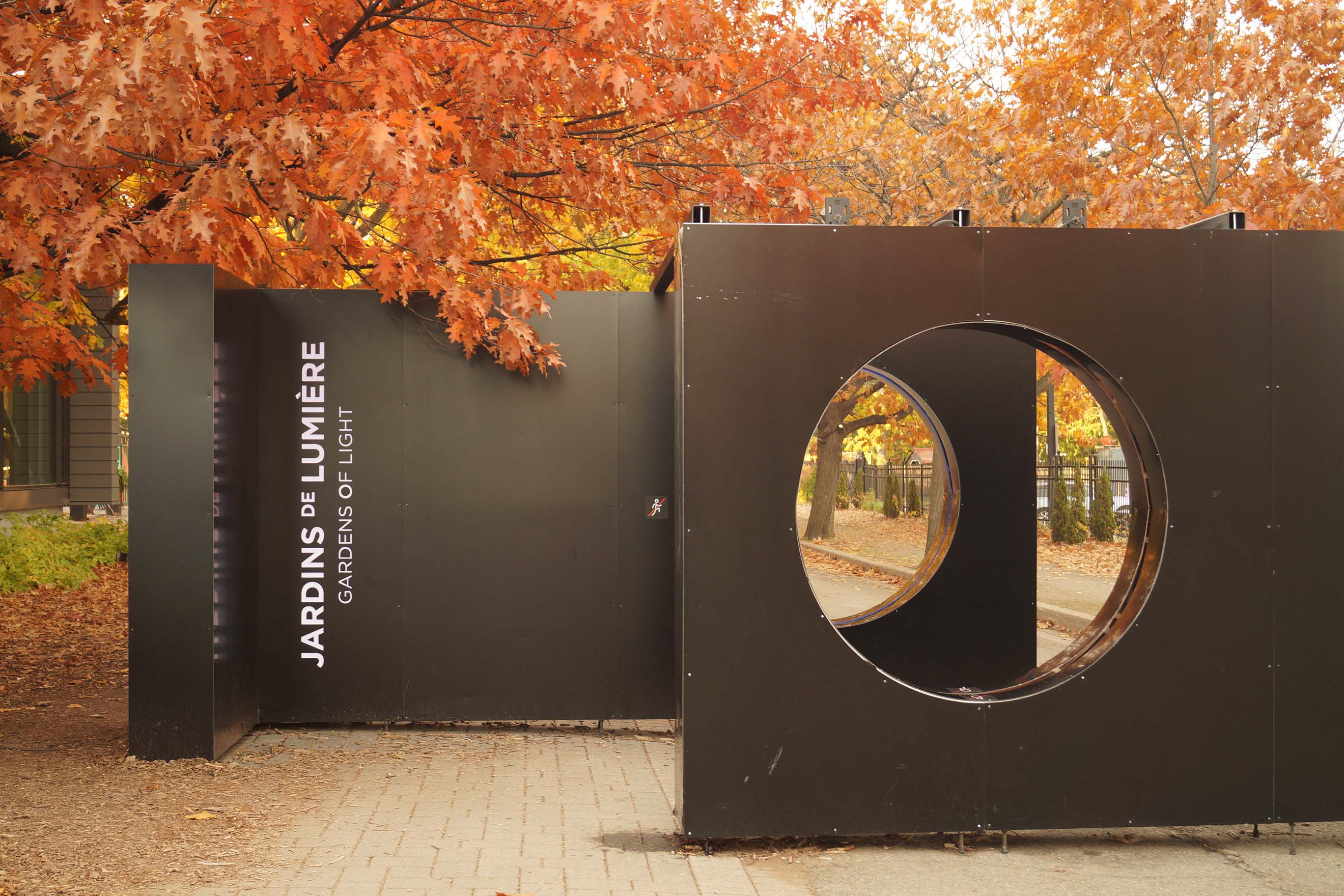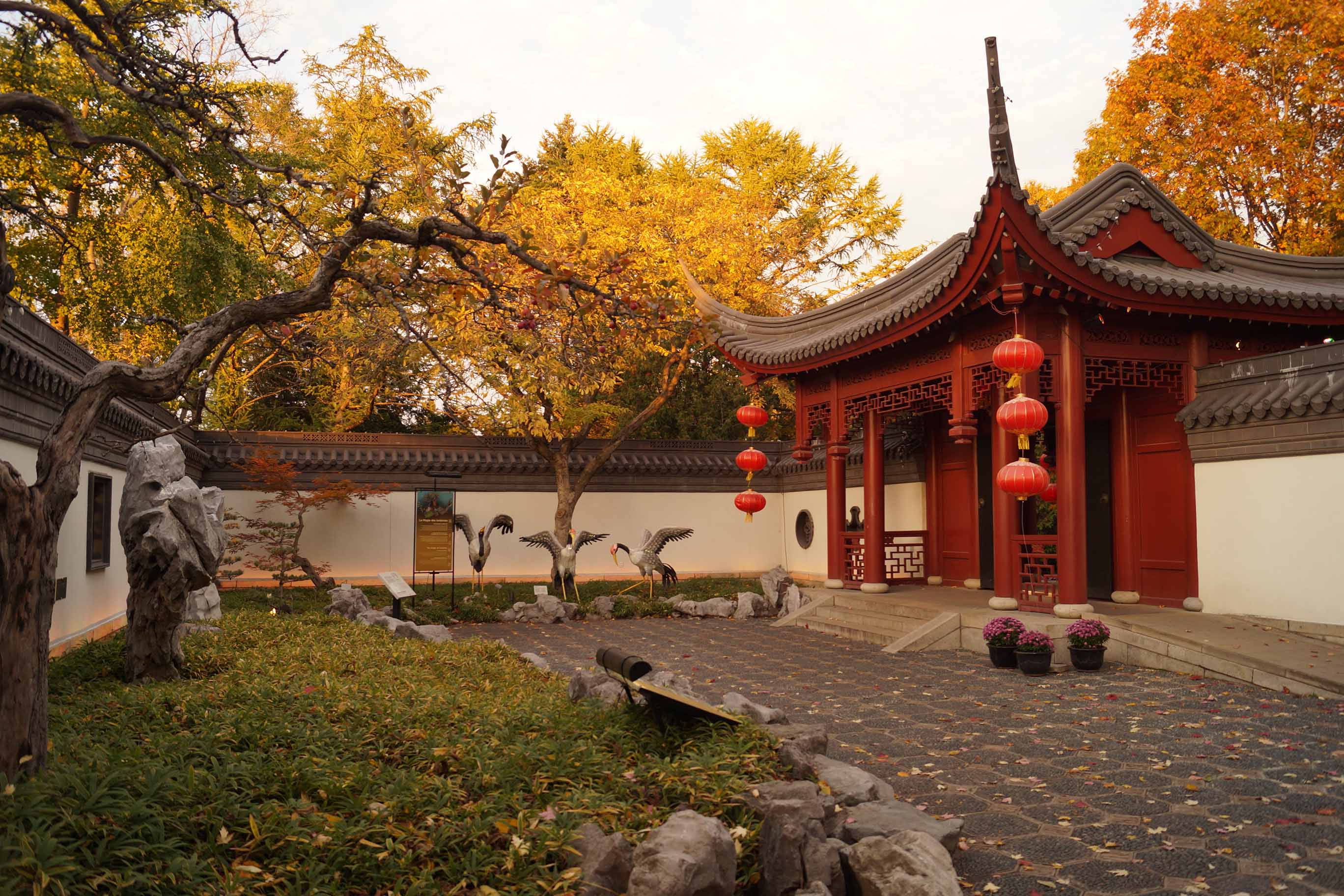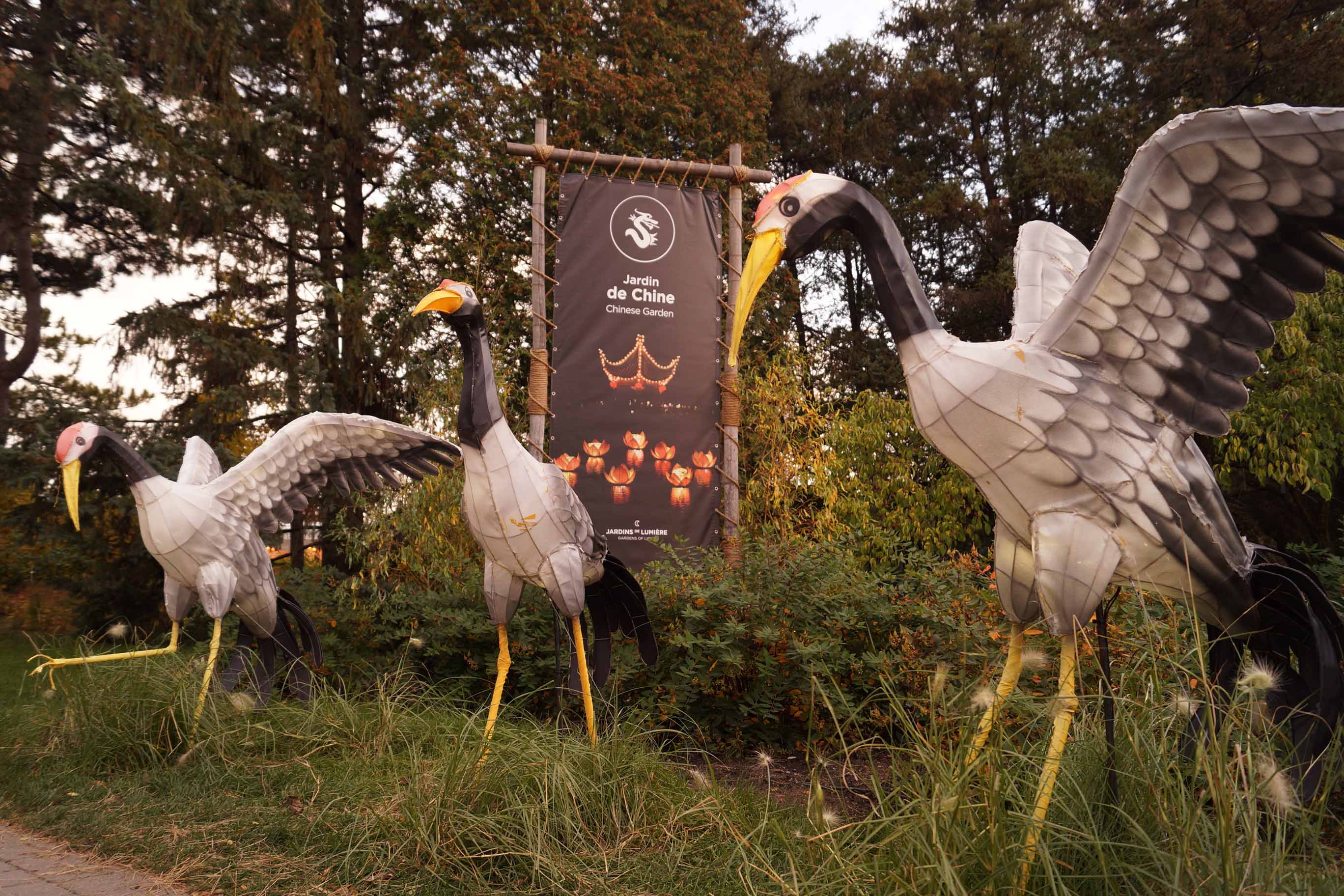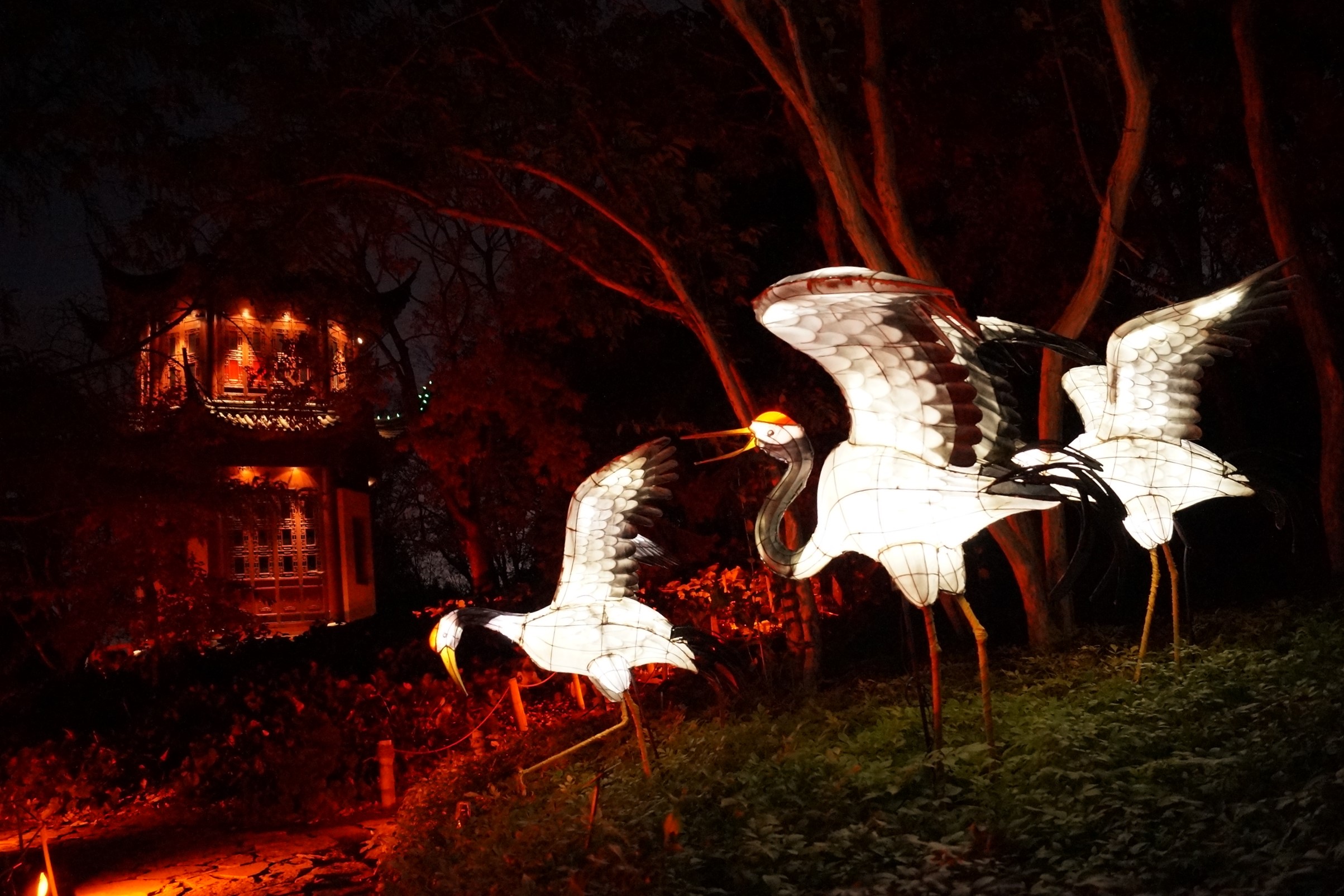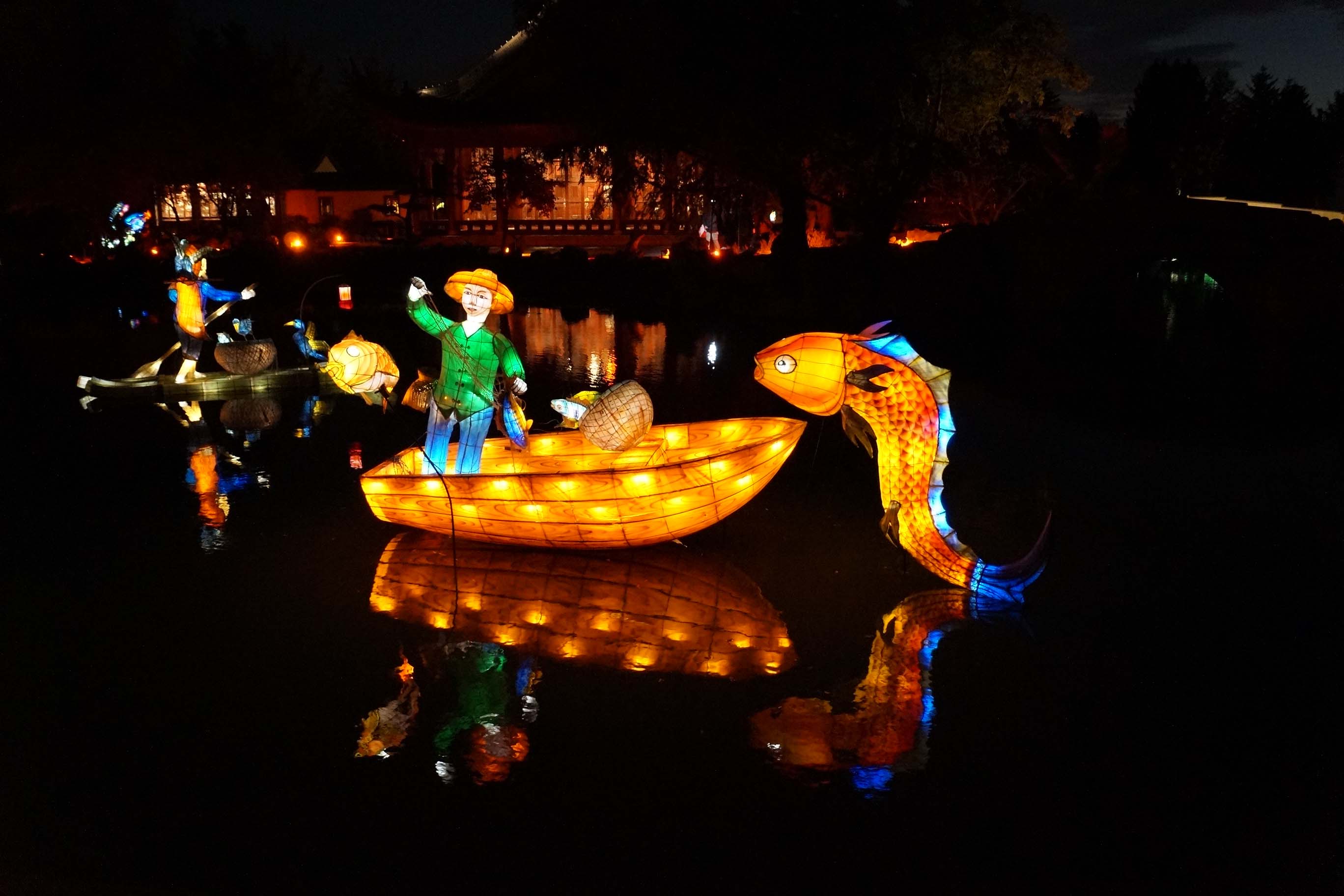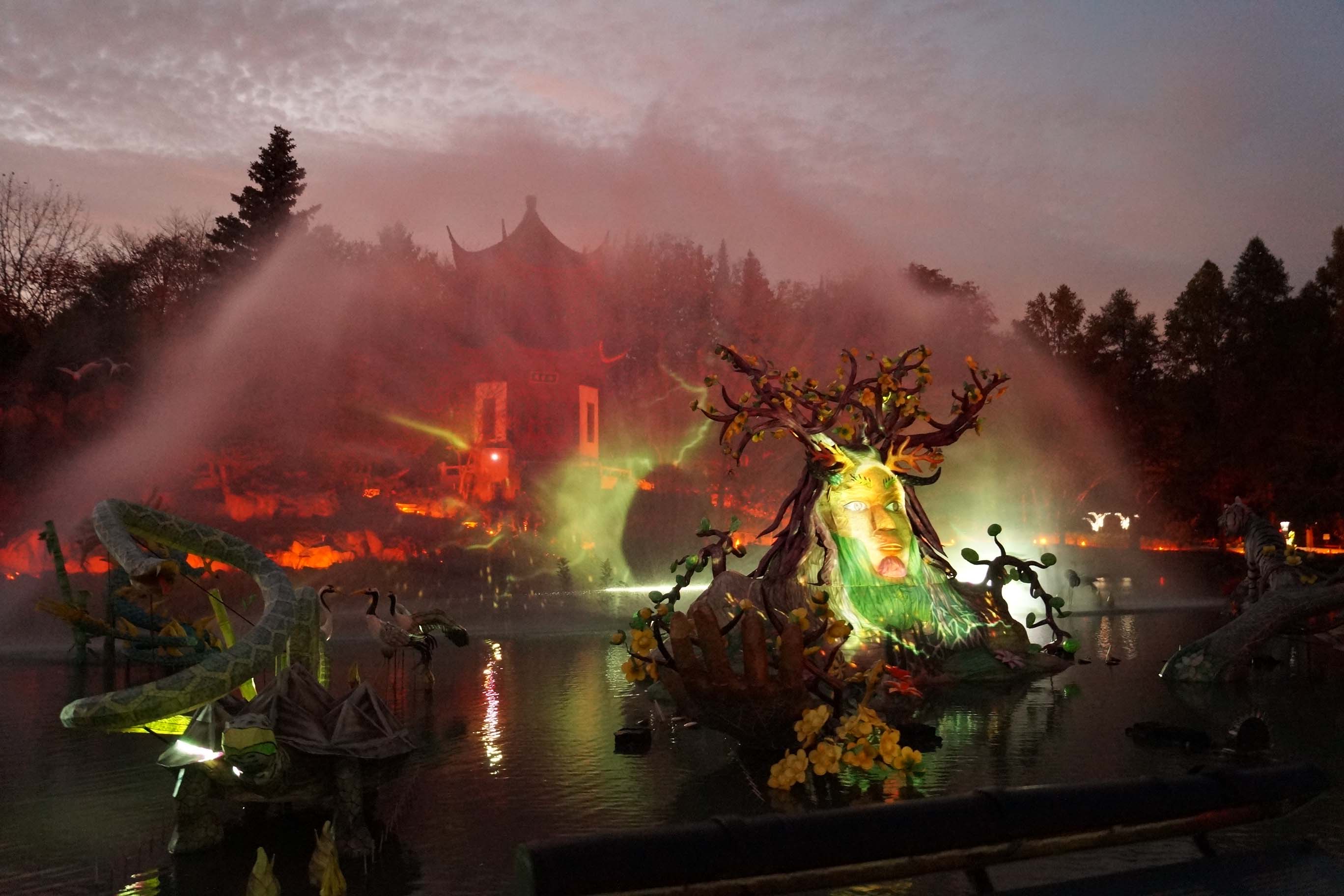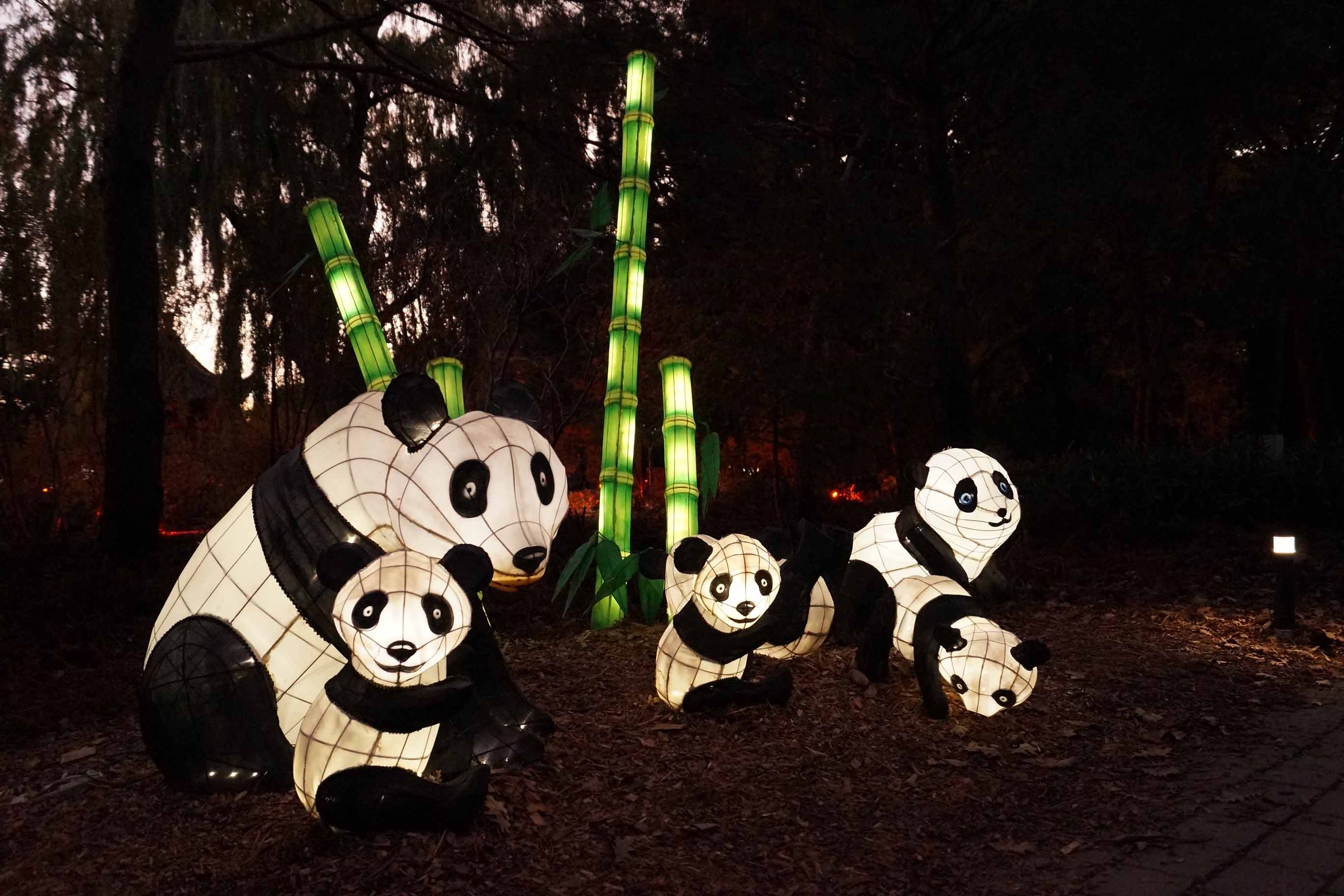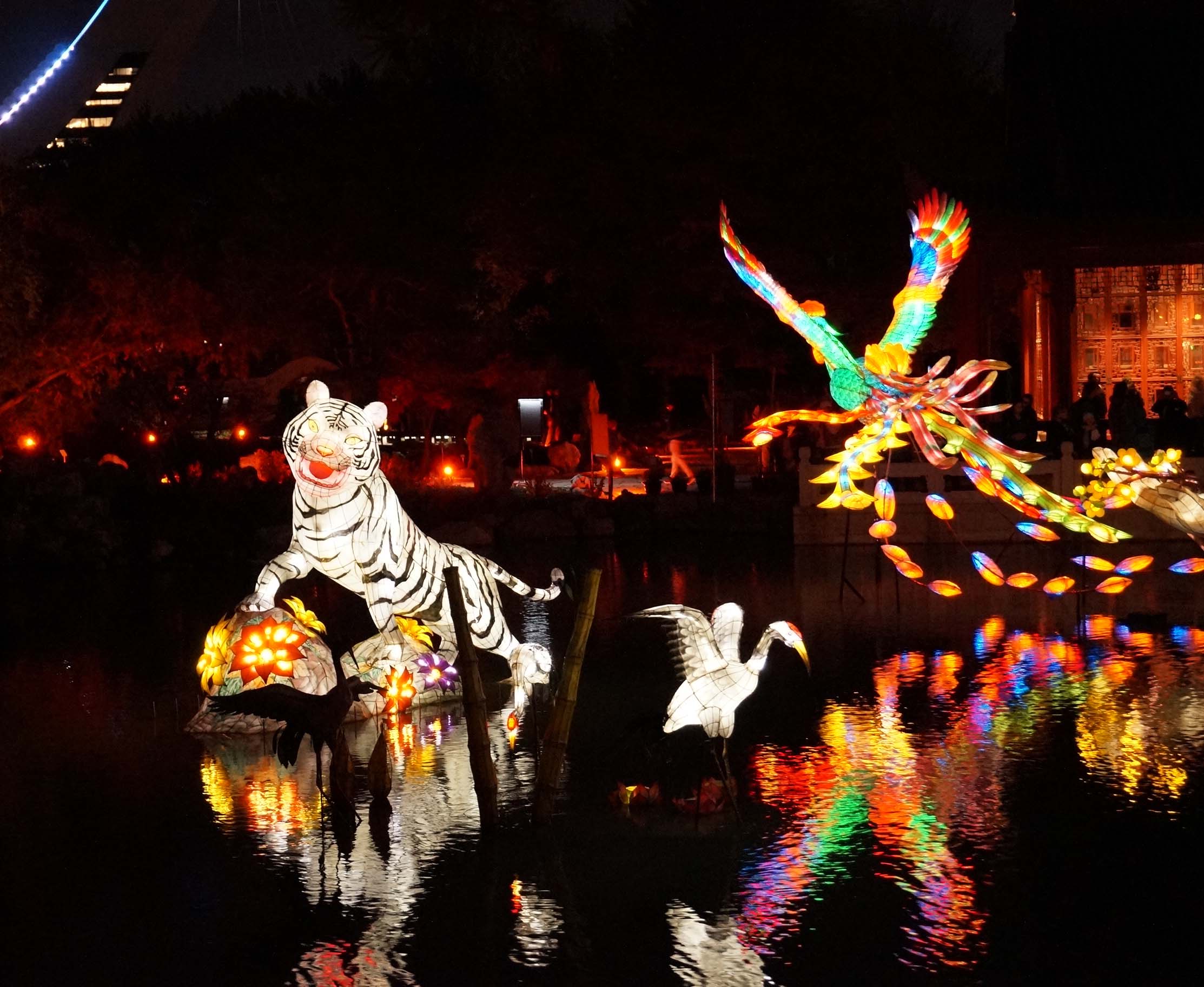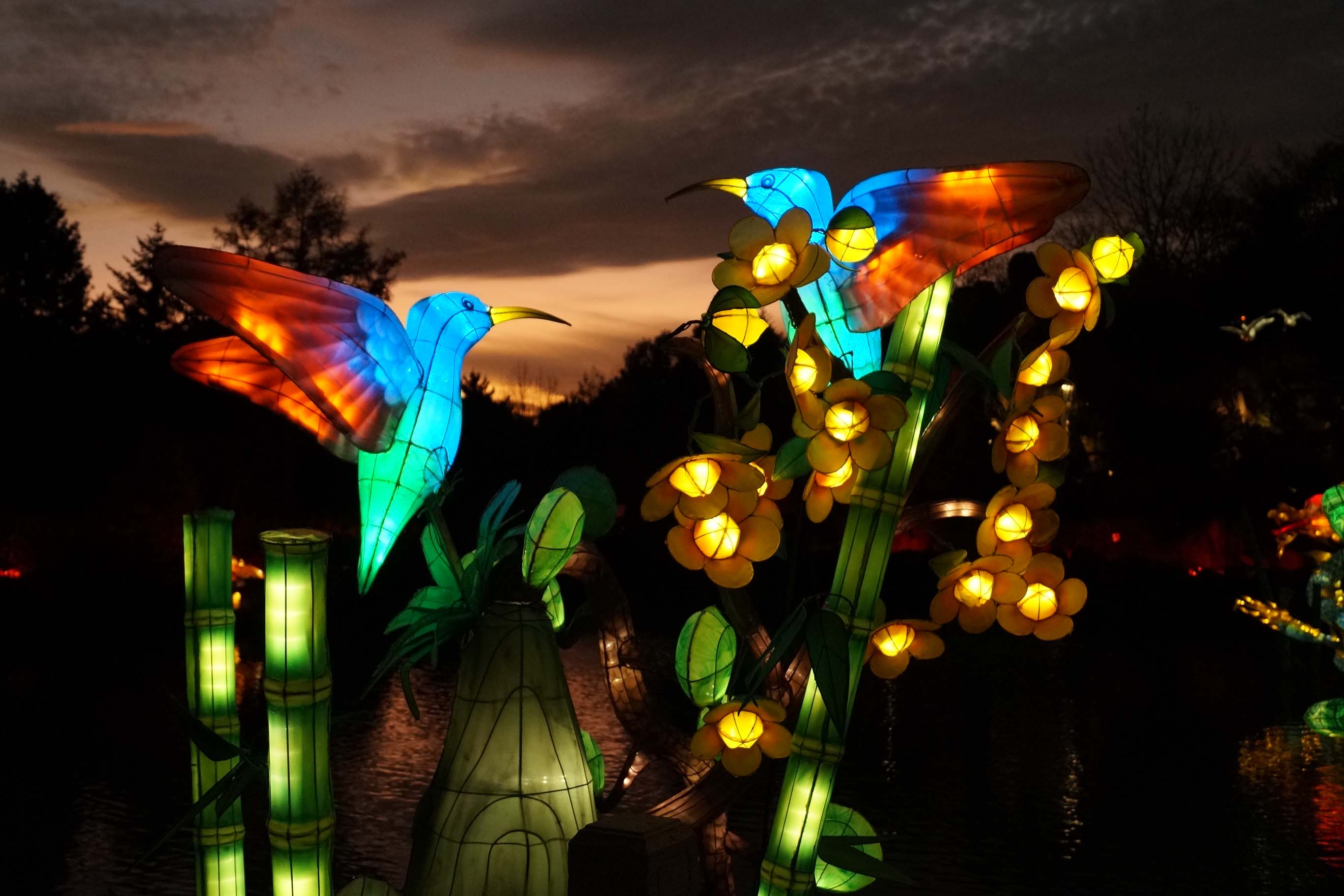
Gardens of Light, an annual magical journey
Early every fall for the thirty years, the Gardens of Light, formerly known as the Magic of Lanterns, has been an emblematic event for Montrealers and tourists alike, welcoming some 300,000 visitors to the heart of the Botanical Garden.
The public discovers about 900 illuminated lanterns and is offered a fairytale journey through the Chinese Garden. But behind the magic, the event is the result of more than a year of work by the project team, and a long container trip that brings the carefully handcrafted lanterns from China to the Botanical Garden. “Part of the magic is we hide all the work behind it!” said My Quynh Duong, Artistic Designer of the project.
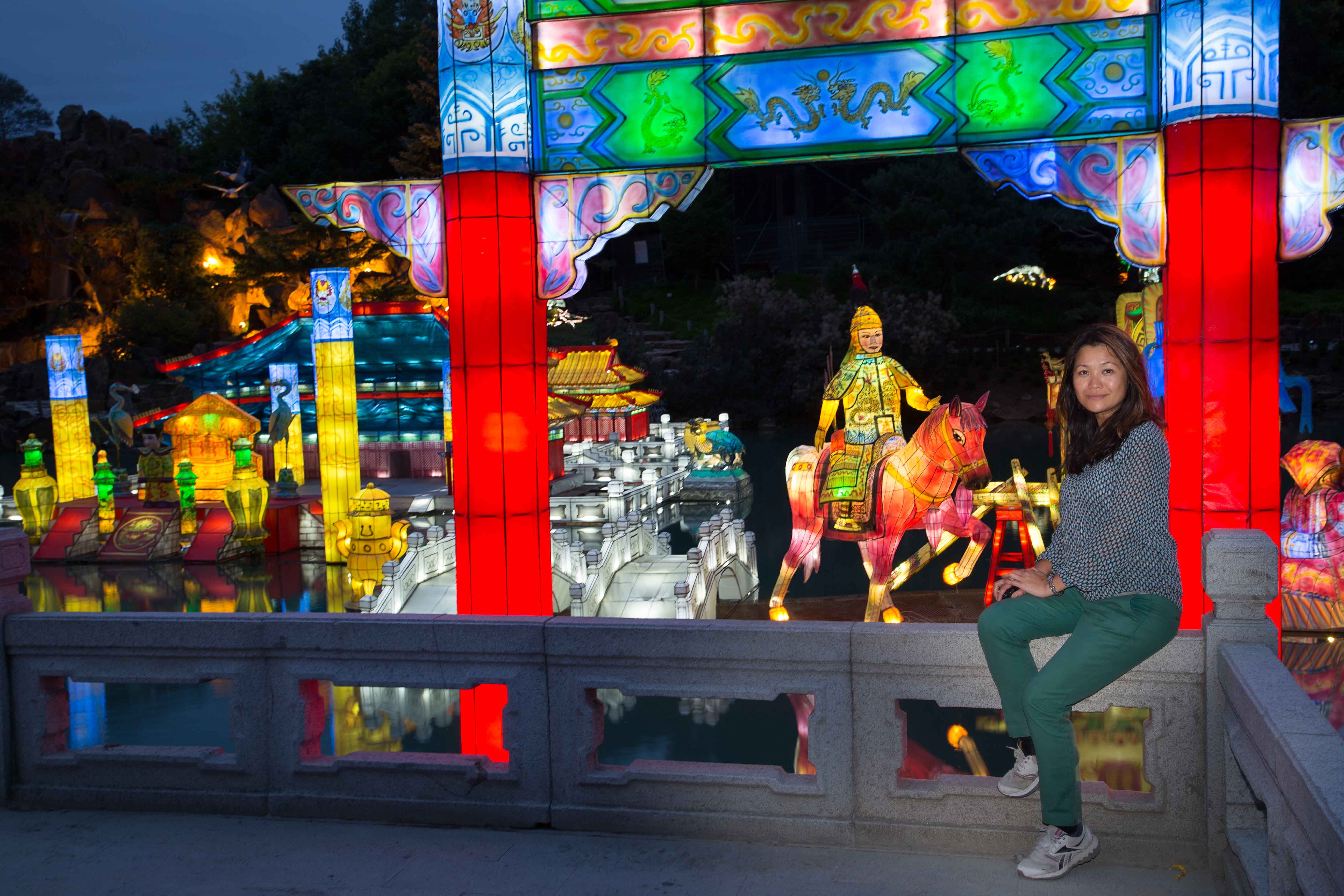
Designed to travel
The process takes place every year according to a strict timeline. The design stage comes first. In conjunction with a cultural agent, the team gathers to share ideas and decide on the theme for the next edition. “We have to find a fun theme that appeals to the general public and families, but that also translates well into lanterns and is interesting enough for the on-site facilitators to present it in a cultural light. Quite a challenge!” said My Quynh, an architect by training who has worked at the Botanical Garden since 1995.
Right from this first stage, though, the logistical aspects of transporting the lanterns come into play. “Lanterns can’t be folded… And keep in mind that some of the structures are over twenty feet long.” In anticipation of their travel by ship, “I design components that can be assembled on site.” In the latest edition of the event, for example, “the phoenix is made up of about fifteen separate parts: each feather and each part of its wings are different pieces.”
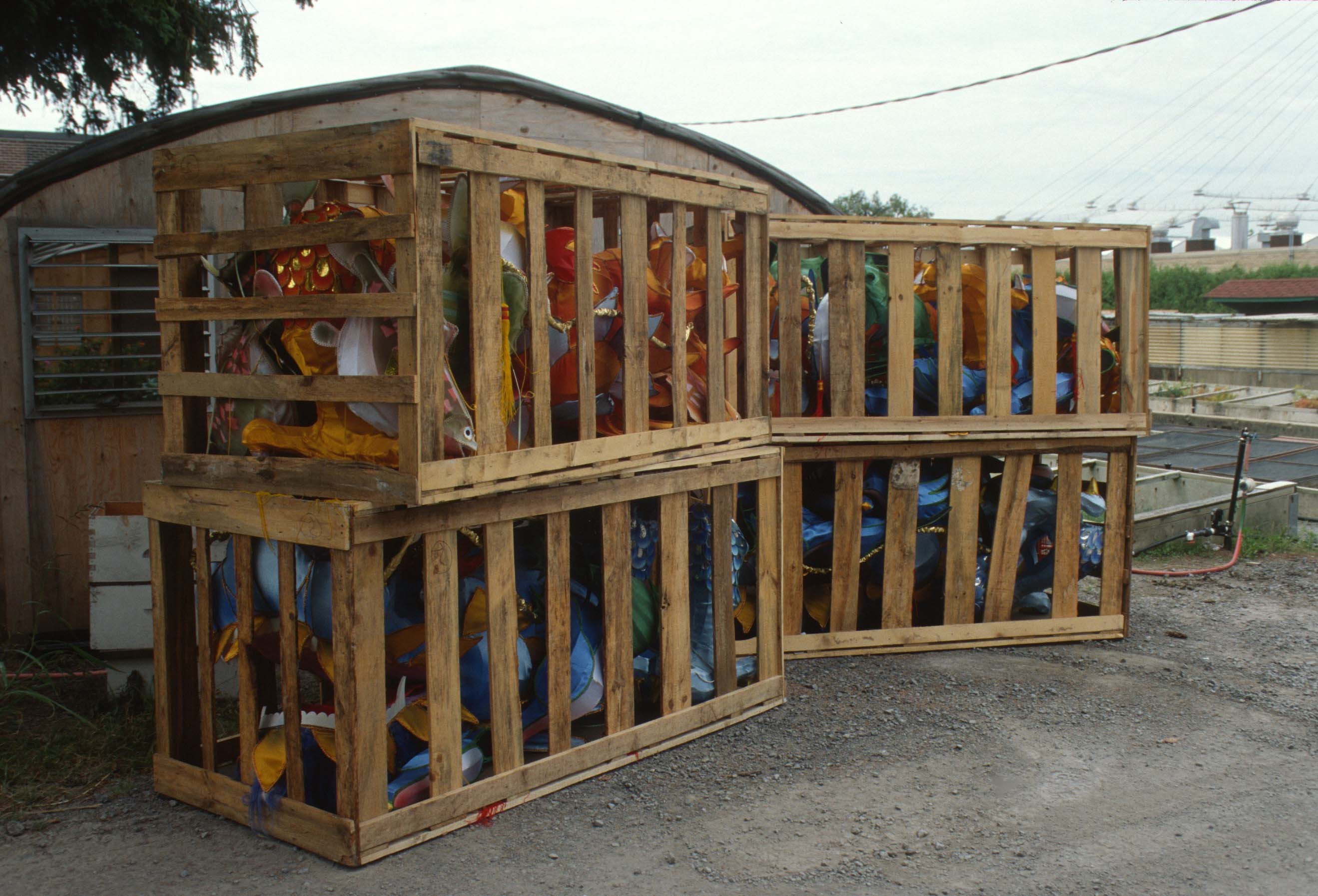
A thousand years of expertise
Once the plans and specifications are finalized, they are sent, with detailed instructions translated into Chinese, to the small company based two hours from Shanghai that has been with the team since the project first began. “We have been working with the same company for thirty years. They have veritable expertise stemming from a local tradition that dates back more than a thousand years. They are welders, sculptors and artists who can create a three-dimensional structure from our drawings.”
After two months of work, the first twenty-foot long container is ready to make the trip, with of course a thousand and one precautions. “Each part is carefully wrapped in fabric, especially the delicate pieces such as the birds. We also try to maximize space. The smallest structures are placed inside the largest, when possible...” In total, the 300 to 400 new lanterns ordered will occupy the space of five TEUs (twenty-foot equivalent units).
After about a month’s voyage, the first container arrives in Montreal in early June. The shipping route varies from year to year. “Containers can arrive directly at the Port of Montreal and be delivered by truck to our warehouse here at the Botanical Gardens.” The container may also pass through Vancouver and cross all of Canada by train to finally arrive at the Port of Montreal. “We’ve been doing business with you for three decades!” said My Quynh.
“Part of the magic is we hide all the work behind it!”
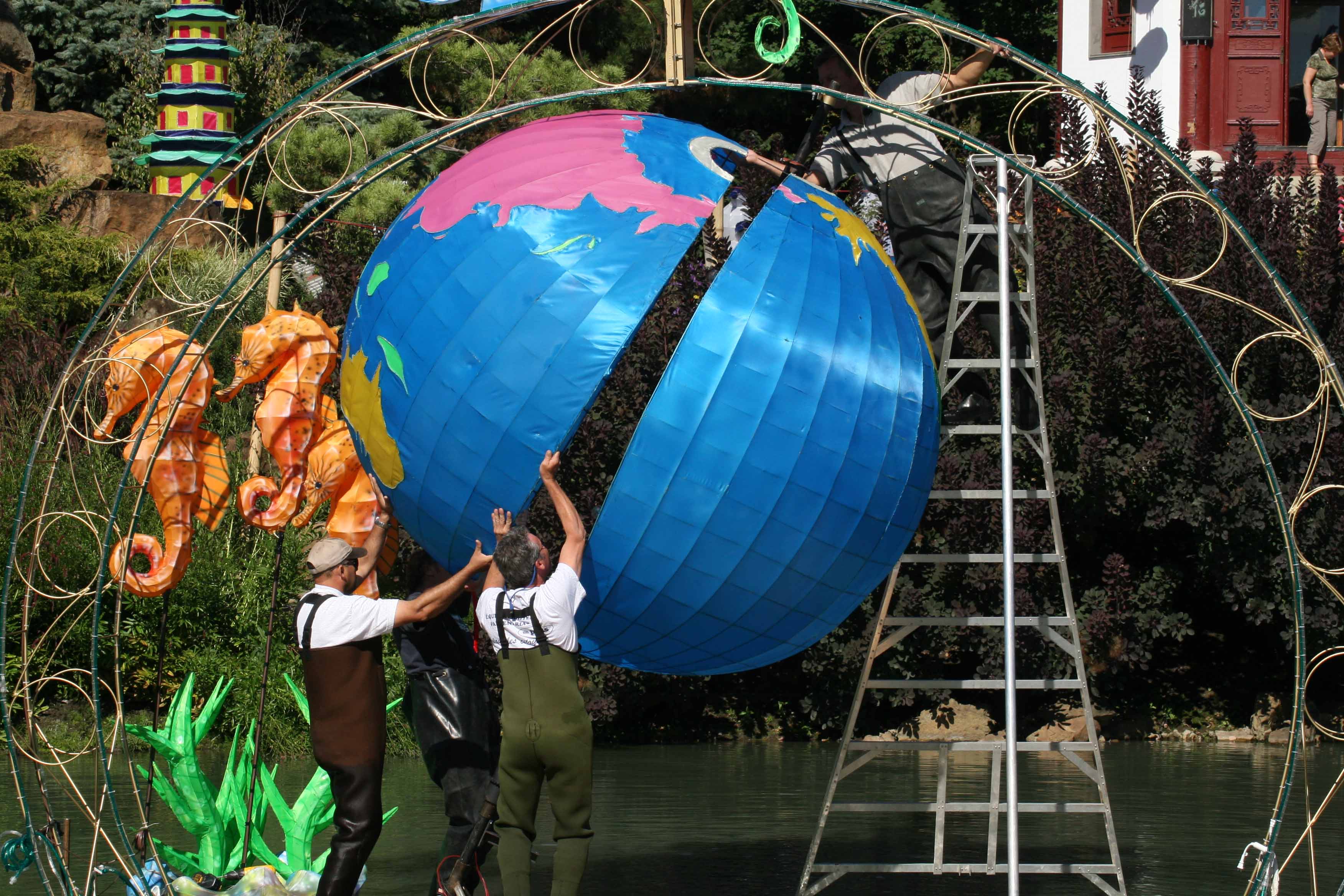
Chinese puzzle
Once the container arrives at the warehouse, the priority is inspection. “As soon as we open the container, we examine everything in detail. There’s always the possibility of breakage during the trip.” That’s when another team comes into play. Made up of 14 people, including foremen, electricians, carpenters and welders, this crew focuses on assembling and installing all the works of art in time for the grand opening in August.
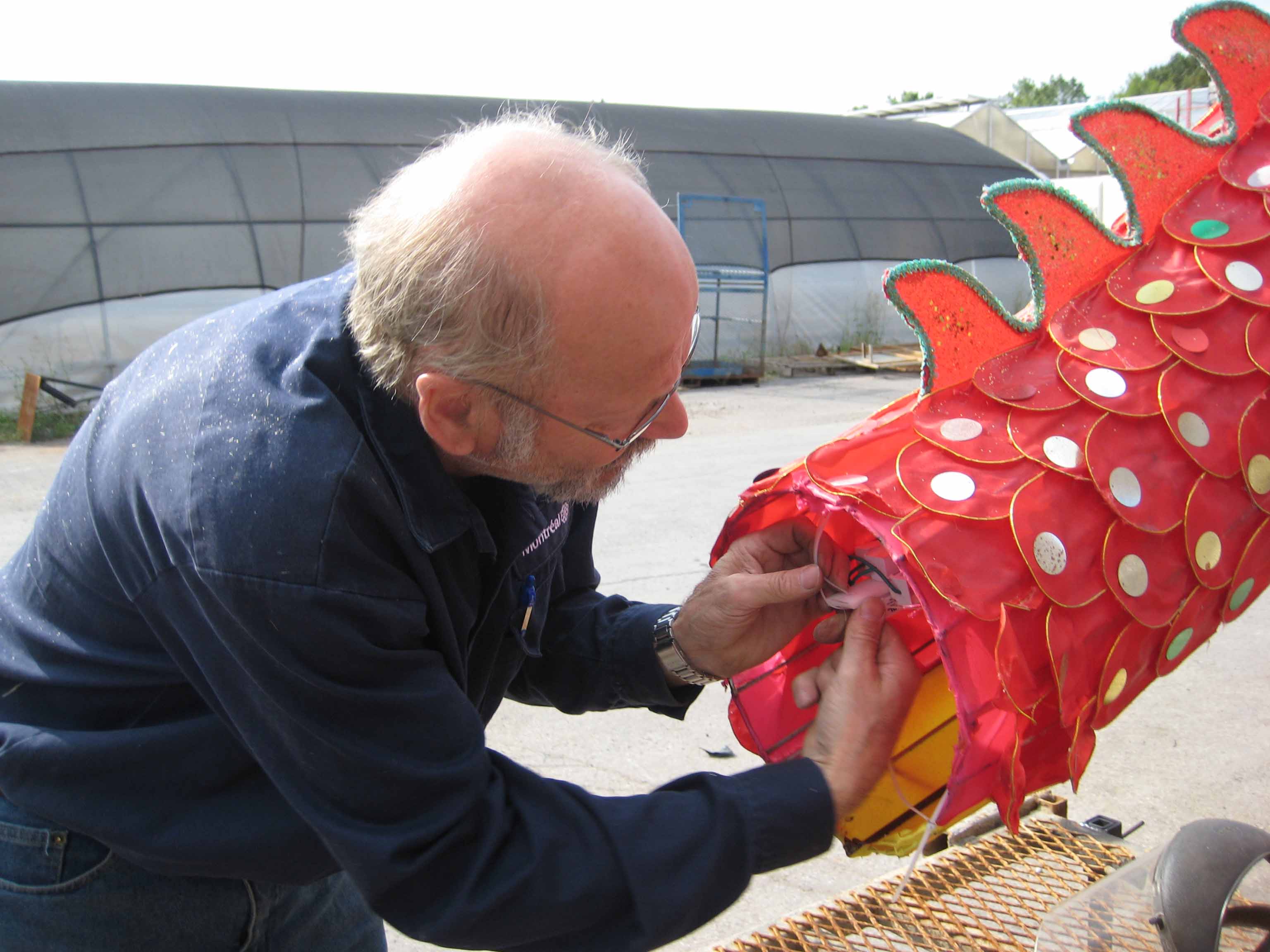
“With our carpenters, we start by separating all the pieces, identifying them and sending them to the welders to be assembled. It’s like a puzzle!” In some cases, the structures will need to be redone, adjusted or strengthened. LED lighting is also installed inside each lantern. The lanterns are also waterproofed, allowing some parts can be salvaged and reused from year to year.
Then piece by piece, everything is moved and assembled on the exhibition site, leaving room for the unexpected. After all, “it’s only once the structure is up that you realize how big it is. We can change our minds about where to install it to achieve a more impressive visual effect. For example, the large phoenix was originally intended to fly up the mountain. But when I saw the site, I changed the position of the bird to direct it towards the visitor. We draw six to eight months in advance, but we can’t always picture it.”
Paper and metal
This work requires considerable physical strength and meticulousness, since the exhibition combines metal structures that can be very heavy and must be installed in water, and pieces that are all detail and finesse that must be handled delicately. Once the site is set up, it feels light, airy and floating on the water, but in reality, “it’s both light and very heavy,” she said. “The water camouflages the structure so well that the public only sees the paper shapes.”
Right now, as the last edition of the event wrapped up at the end of October, the teams have already begun preparing for the next edition. “Everything is already designed and sent for submission,” said My Quynh. Asked for a foretaste of what’s ahead for 2023, she wouldn’t tell us... See you next year to find out!

